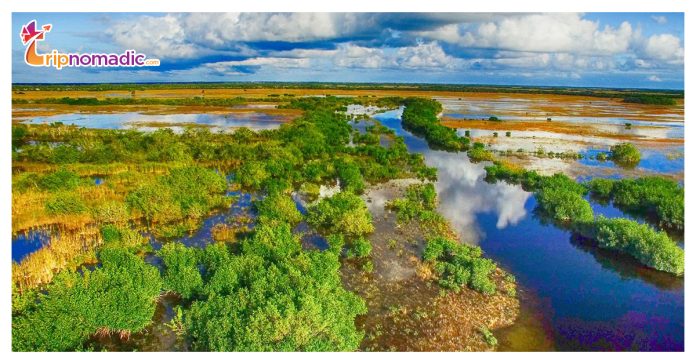The Sunshine State is home to some of the most beautiful and unique natural landscapes in the country. As an outdoor enthusiast and nature lover, you’ve probably already explored many of Florida’s incredible state parks. But for your next adventure, why not head to one of Florida’s fantastic national parks?
Florida national parks offer endless opportunities for exploration and recreation. Planning a trip can be overwhelming though. With hundreds of miles of trails and so much to see, how do you decide where to go? Not to worry – I’ve got you covered.
Based on their diversity, activities, and wow factor, here are my picks for the “Florida National Parks Itinerary” that you need to visit,
Everglades National Park
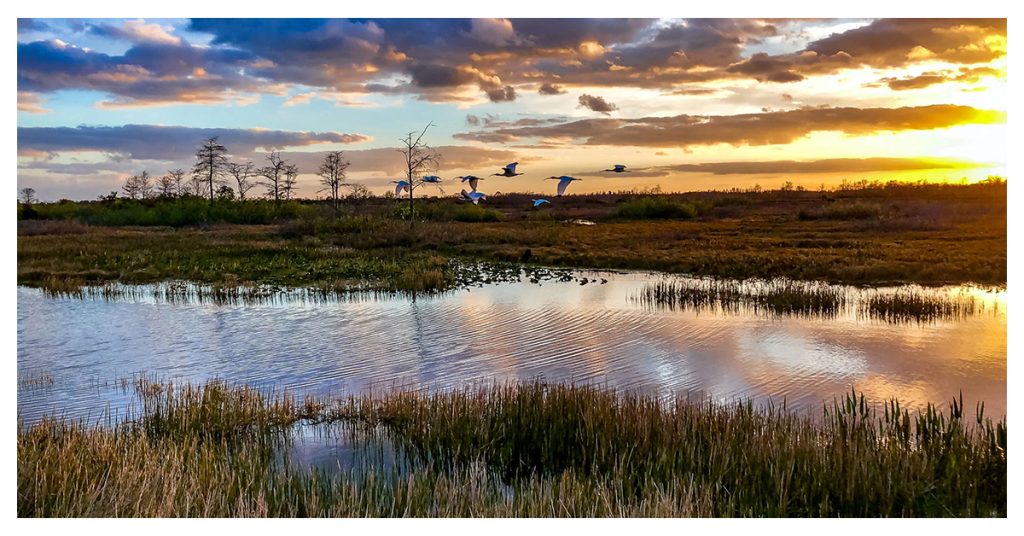
Spanning 1.5 million acres across south Florida, Everglades National Park protects the largest subtropical wilderness in the United States.
It’s one of the most biodiverse parks in the country with habitats including wet prairies, tropical forests, mangroves, and the largest mangrove ecosystem in the western hemisphere.
As you explore the various ecosystems, you’ll likely spot incredible wildlife like American crocodiles, manatees, dolphins, sea turtles, and over 350 species of birds. Hiking trails, canoeing, and kayaking routes, and boat tours allow you to experience the magic of the Everglades up close.
Don’t miss Anhinga Trail, Shark Valley, and Ernest Coe Visitor Center.
With paradise so close to major cities like Miami, the Everglades can get crowded during peak seasons.
Beat the crowds by visiting during the cooler, dry season from December to April. Free backcountry camping is allowed with a permit too.
Biscayne National Park
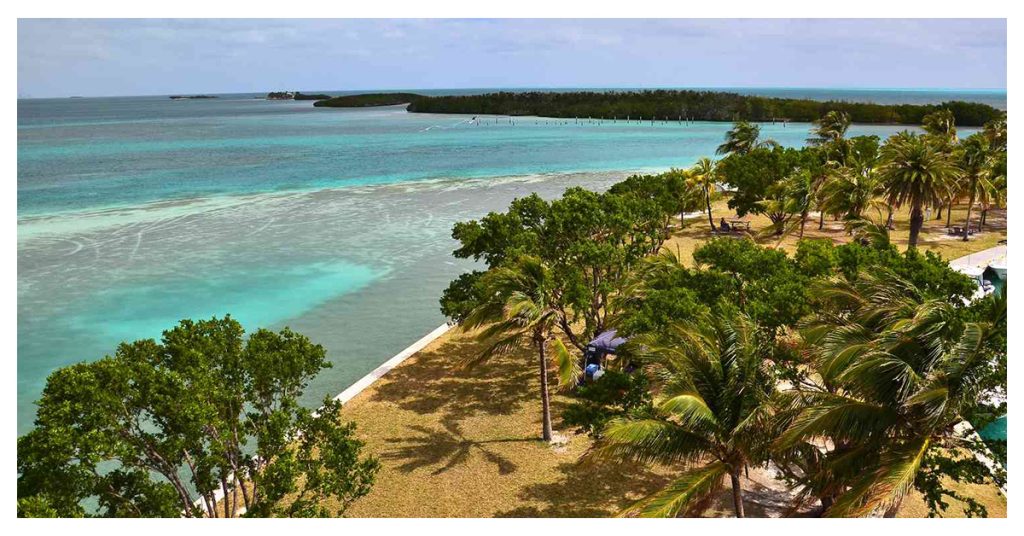
Craving some time at the beach? Make a splash at Biscayne Florida National Parks, which protects the northernmost Florida Keys and portions of Biscayne Bay.
Scuba dive on vibrant reefs, snorkel through seagrass beds or hike on Elliott and Boca Chita Keys.
The marl limestone keys create unique tropical hardwood hammocks, home to colorful butterflies and birds.
A highlight is Boca Chita Key with its historic lighthouse, picnic areas, and amazing views.
The offshore coral reef is part of the Florida Reef, the third-largest barrier reef in the world. It’s a top spot to see sharks, sea turtles, eagle rays, and more marine life.
You can camp overnight on Elliott or Boca Chita Keys to extend your stay. Or book one of the first-come, first-served campsites at the Convoy Point Campground on the mainland.
Just remember to bring drinking water and supplies. There are no shops or electricity.
Read More – Your Ultimate Guide to the Amazing things to do in Scottsdale Arizona
Dry Tortugas National Park
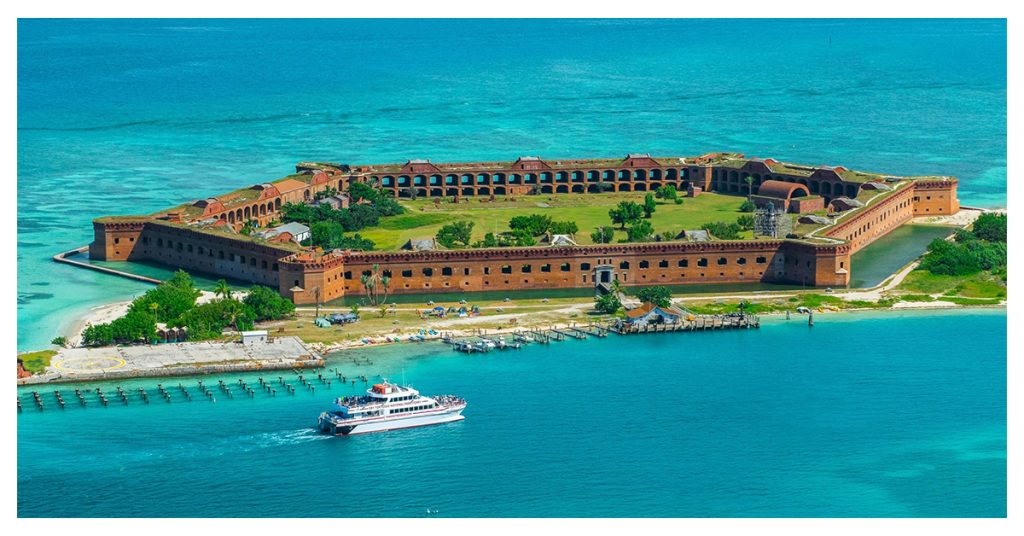
For a truly remote island escape, make the overnight ferry trip to Dry Tortugas National Park.
The park covers 100 square miles of open water and seven small islands, with Fort Jefferson on Garden Key as the highlight. This 19th-century coastal fortress is the largest brick building in the Western Hemisphere.
Tour the fort during the day, then camp under the stars at night.
When you’re not wandering the fort walls, spend your days snorkeling above intact coral reefs, fishing, kayaking, birdwatching, or just relaxing on the beaches.
Loggerhead sea turtles nest on Garden Key from May to October. The shallow reefs create the northernmost region of the Florida Reef. Colorful parrotfish, angelfish, and eagle rays swim beside coral formations.
Reaching Dry Tortugas requires commitment, but makes for an epic off-the-grid adventure.
The ferry ride takes around 2.5 hours from Key West. Make sure to plan ahead since campsites book up early. There are also day trips if you prefer less commitment.
Big Cypress National Preserve
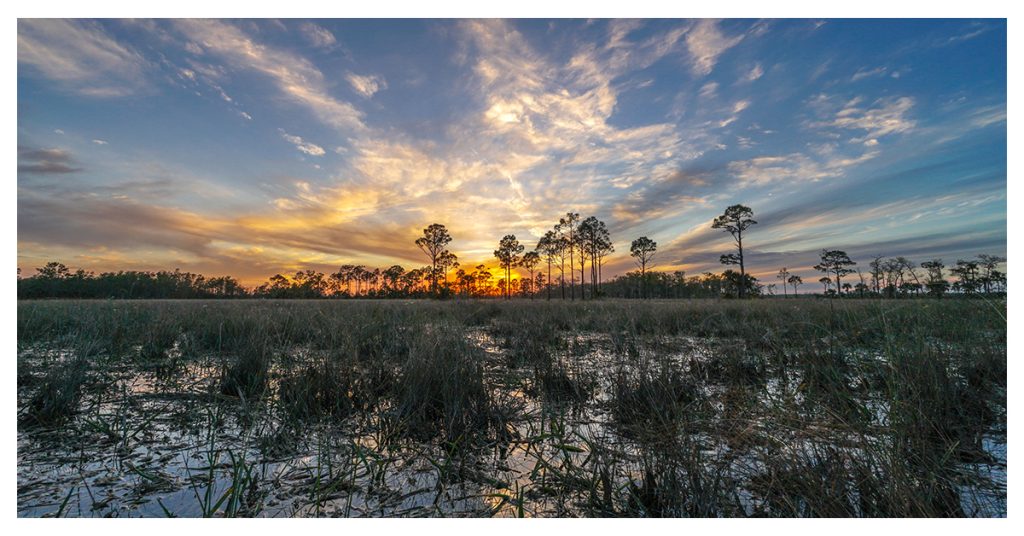
For an immersion into Florida’s swampy wilderness, head to Big Cypress National Preserve.
Located just north of Everglades National Park, it protects over 729,000 acres of cypress swamps, marshes, mangroves, and pine rockland.
Start at the Oasis Visitor Center, then hit one of the preserve’s trails. Native cypress and slash pine forests give way to wide-open wet prairies.
You’ll feel tiny walking through the towering bald cypress trees draped in Spanish moss.
It’s not hard to imagine prehistoric creatures roaming when everything looks so primeval.
Keep your eyes peeled and you may spot alligators, turtles, ibises, egrets, hawks, and the elusive Florida panther.
Go in wintertime for cooler weather and to avoid mosquitos. Make sure to bring a camera!
Backcountry camping is allowed with a free permit. Or stay at the developed Big Cypress Swamp Welcome Center RV campgrounds with electric hookups.
No doubt you’ll sleep soundly after days spent exploring the swampy wilderness.
The Gulf Islands National Seashore
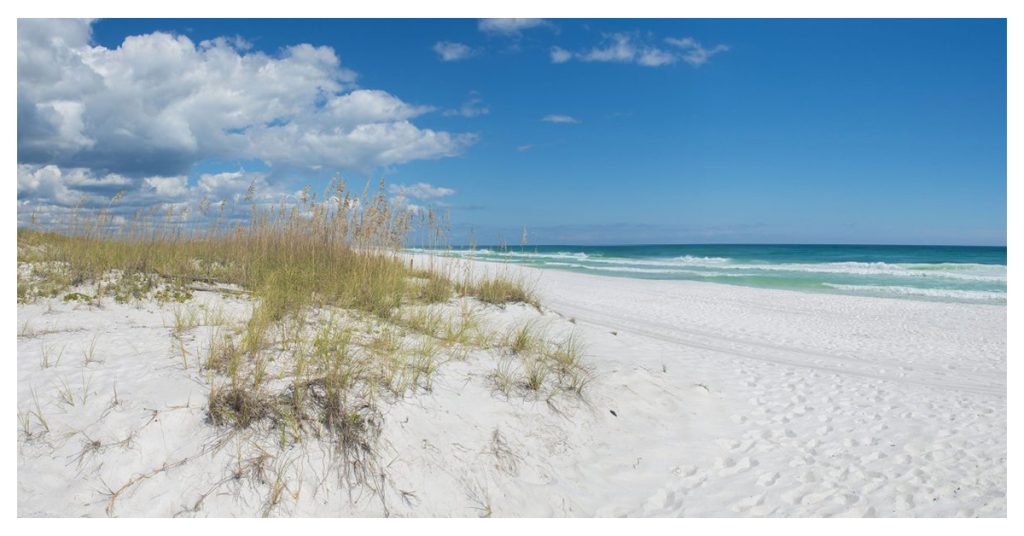
Last on the list of Florida National Parks itinerary is the Gulf Islands National Seashore, which actually includes barrier islands in Florida and Mississippi.
The Florida section has two main areas near Pensacola and Fort Pickens on the northwestern tip of the panhandle.
You’ll find brilliant white sand beaches, tranquil lagoons, and military history at Fort Pickens.
The 19th-century fort defended Pensacola Bay and once imprisoned Apache leader Geronimo.
Tour the fort then spend the day swimming, fishing, kayaking, or simply relaxing on the stunning beach.
It is the best Florida National Parks camping. So, you can camp right on the sand at one of the many campgrounds in the protected beach area.
It’s perfect for sunsets, stargazing, and hearing the waves lap at night. You may even glimpse nesting sea turtles during the summer!


